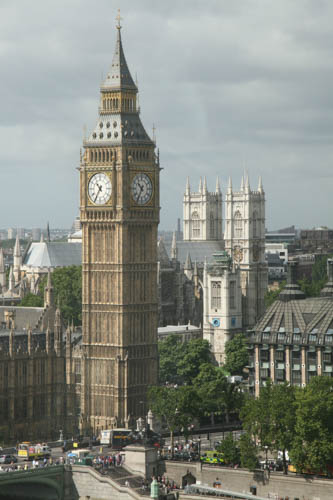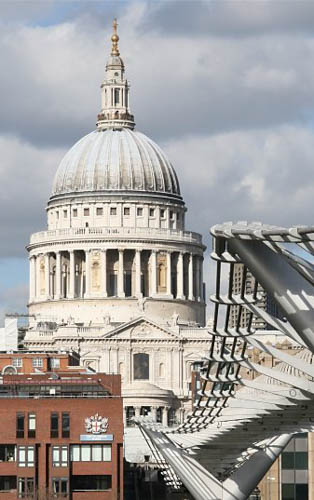An Introduction to london
Here is a brief description of introductory tours of London.
London – Half day (up to 4 hours)
Panoramic Tour –
An introduction to London showing you all the main sights.
The West End is where we spend our money (or it is spent for us) with, for instance, the Houses of Parliament, Trafalgar Square, Piccadilly Circus, Soho, Covent Garden, the theatre and shopping districts, museums, Hyde Park, Kensington Gardens, Westminster Abbey, the London Eye, Whitehall, Downing Street, Harrods, Mayfair, the River Thames, Buckingham Palace, etc. etc.
The City of London is the business district. Founded by the Romans and still around the same size and with the same purpose – one square mile and making money. This is where we can see the traditional sights, including Fleet Street, the Law Courts, St. Paul’s Cathedral, London Bridge and The Tower of London. And evidence of modern London including the Gherkin, the Cheese-grater, the Walkie-talkie and the Shard.
One Interior Visit
You may decide to make an interior visit to, say Westminster Abbey or The Tower of London and we will still be able to see some of the main sights.
London – Full day (up to 8 hours)
Combining the panoramic overview with two interior visits.
This will give you an insight into aspects of British heritage, history and personalities that will enhance your enjoyment of other tours.
Westminster Abbey – a House of Kings, where kings and queens have been crowned since 1066 and where many of them are buried. It contains also memorials to the great and the good – those who have influenced our lives – many of whom are household names. Recent years have seen the funeral of Diana Princess of Wales, the wedding of Prince William and Catherine Middleton, now the Prince and Princess of Wales and the funeral of Queen Elizabeth II.
St. Paul’s Cathedral – Christopher Wren’s baroque masterpiece has been a familiar feature of the London skyline for 300 years. It is the seat of the Bishop of London and where we honour a bury our heroes. Having survived the Blitz it became a symbol of London’s defiance in World War II.
The Tower of London – a royal palace and fortress since William the Conquerer . . and prison. Where absolute monarchs lived and their powerful enemies were incarcerated (and often eliminated). Power struggles were determined and dynasties secured with ruthless efficiency (and the axe). We will see Beefeaters, ravens and the Queen’s Guard. And marvel at the stunning beauty of the crown jewels, which includes a diamond that weighs 530 carats.


